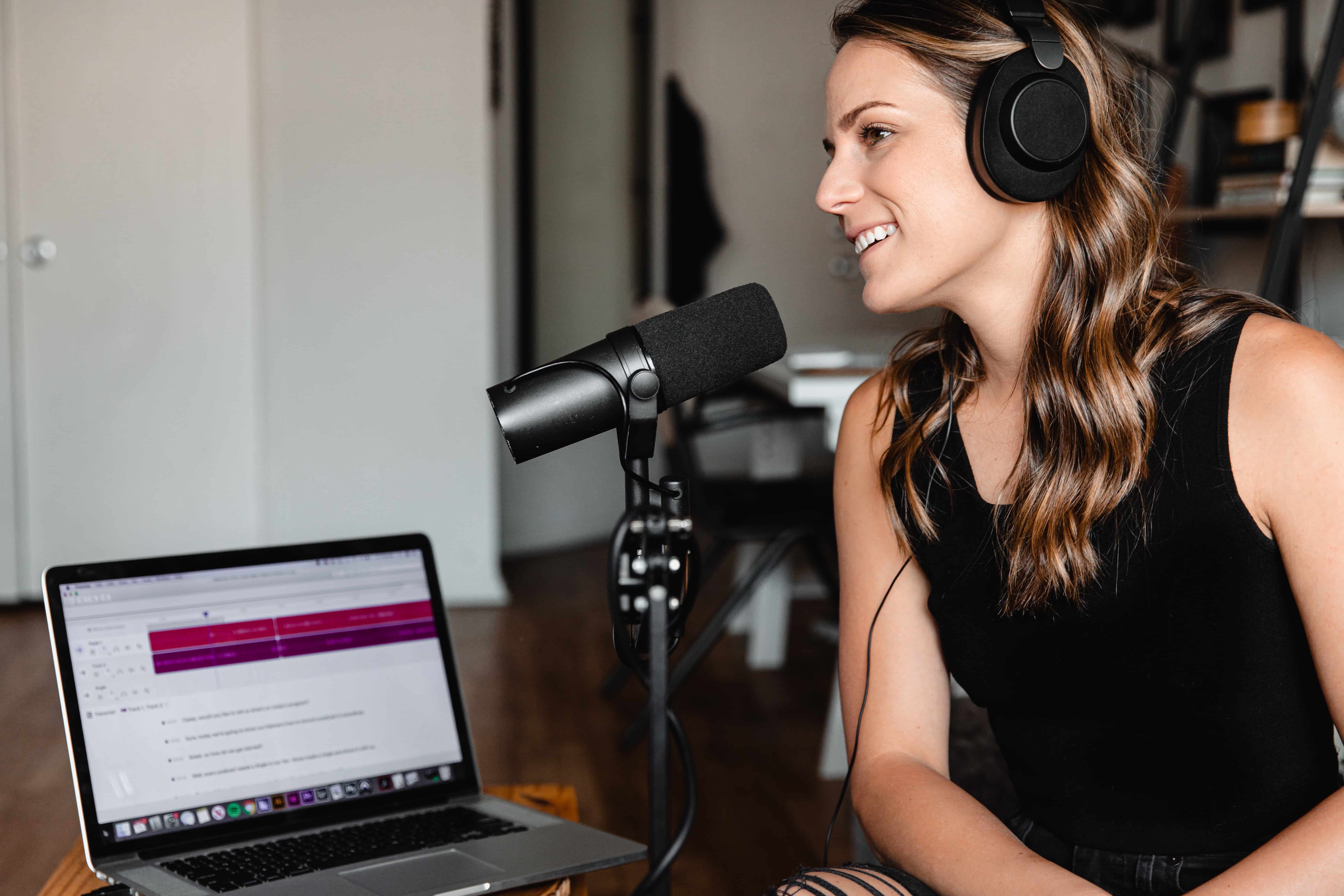When it comes to content, it’s tempting to believe that video is king, but audio content has proven itself just as valuable across a wide range of markets and industries. For example, podcasts have emerged as one of the most popular mediums for entertainment and informational purposes. On a more day-to-day basis, audio recordings are offering benefits in school and work environments. These recordings help support professional and educational efforts, from note-taking to research. Similarly, they’re a popular means of documenting interviews, legal proceedings and more.
Content that exists only in an audio format has a wide range of uses and applications. However, audio-only content can be inaccessible for individuals who are Deaf or hard of hearing. Those looking to make their audio recordings more accessible to all can transcribe MP3 to text and improve a recording’s reach and utility.

What is Transcription?
Transcription refers to the process of converting audio or video recordings to text. A transcript serves as a written record of the audio track of a recording that users can reference and study. Transcripts prevent the need to listen through the entirety of a lengthy MP3, therefore saving time.
There are two primary styles of transcription: Verbatim and non-verbatim. Verbatim transcription captures every audio element of a recording and transcribes them into text. These transcripts will include sound effects, pauses, music cues, etc. This style of transcription is the industry standard for interviews, where it is critical to accurately represent a conversation exactly as it occurred.
Non-verbatim transcription, however, focuses on transcribing the central ideas speakers communicate in a recording. These transcripts undergo an editing process to remove any audio elements that aren’t critical to the main idea of the discussion. Non-verbatim transcripts won’t reflect things like repeated words, pauses or stammers. Additionally, these transcripts can be useful for study purposes because they eliminate superfluous information. Instead, a non-verbatim transcript presents the main points of a lecture or discussion in an easy-to-follow format.
Verbatim transcription is the preferred transcription style for those whose priority is improving accessibility. Because this method requires that users transcribe audio to text without editing or summarizing, the final transcripts can provide equitable messaging for individuals who are Deaf or hard of hearing. Also, these transcripts benefit those with auditory processing disorders.

How Do I Transcribe an MP3 to Text?
There are a few different ways to convert MP3 to text. The first is by transcribing a recording manually. It is possible for an individual to transcribe MP3 to text by hand, but this method can pose some challenges. First, people without adequate professional transcription training are prone to making a substantial number of transcription errors. These inaccuracies can compromise the messaging of a piece and fail to provide a transcript that achieves the level of accuracy dictated by certain accessibility standards.
Those who don’t wish to compromise on accuracy have the option to hire a professional transcriber to convert their MP3 into text. These pros can achieve high accuracy levels, but they tend to be very expensive to hire. Furthermore, individual transcribers tend to encounter bandwidth issues, which makes it challenging to transcribe a high volume of recordings in a timely manner.
Alternatively, content creators and business leaders may choose to partner with professional transcription services like Verbit. Verbit’s approach to transcription utilizes an advanced form of artificial intelligence in conjunction with a team of professionally trained human transcribers to produce accurate transcripts in as little as 4 hours.

MP3 to text Transcription with Verbit: How Does it Work?
Those who choose to work with Verbit can easily transcribe their MP3 to text online through a simple upload/download process. When uploading an MP3 to Verbit’s platform, automatic speech recognition technology will create the first draft of the transcript. Verbit’s professional transcribers then review that transcript to ensure optimal levels of accuracy. The final transcript will then become available for the user to download in their preferred file format. For example, Verbit offers transcripts as a .vtt file that users can upload to media-sharing platforms, post on a client’s website or use to create accurate captions if they’re integrating the audio recording into a video project.
Verbit also offers fully searchable, interactive transcripts that link the text to MP3 and allow users to search for specific keywords to be directed to the corresponding points in an MP3 recording. These searchable transcripts are an incredibly useful resource for study and research purposes because they cut back on the time that individuals would otherwise spend fast-forwarding through a lengthy audio recording or manually digging through the entirety of a written transcript.

Transcription Boosts Efficiency and Improves Accessibility
Transcribing audio recordings to text is a proven means of making them more accessible to audiences of diverse backgrounds and abilities. However, the benefits are more far-reaching than that. Many individuals prefer to receive written content over audio because it affords them more control over how they engage with the material. Transcripts can also support individuals consuming content in a non-native language by making it easier to follow along with a recording in real time. Publicly posting the transcript of audio content also makes the content discoverable by search engines and contributes to an increased SEO ranking.
Verbit offers a full suite of accessibility tools, including transcription, captioning, translation and audio description. These solutions support the creation of audio and video content that everyone can benefit from. Reach out to us to learn more about how Verbit’s technology solutions can foster more inclusive communications and improve the reach and accessibility of a wide range of content.




